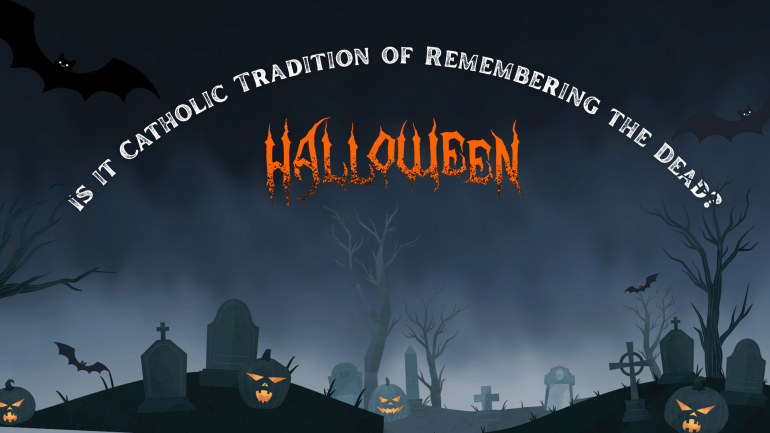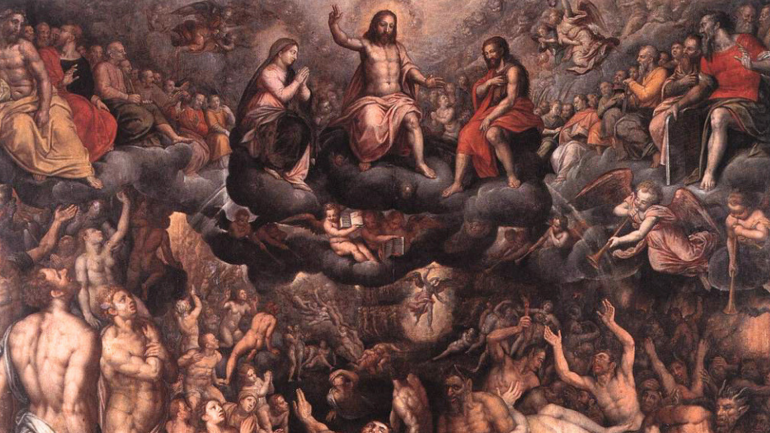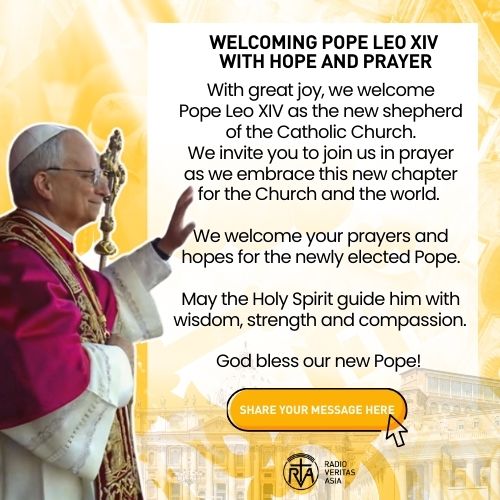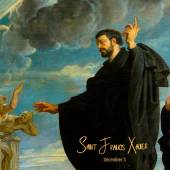Is Halloween Ruining the Catholic Tradition of Remembering the Dead?

I was in Tagbilaran City, Bohol, early this week to visit the grave of my husband, Arnulfo “Boy” Apalisok, who is interred at Victoria Memorial Park, a sprawling 10-hectare private cemetery near Maribojoc Bay.
Amid the noise and chatter of people visiting the tombs of their beloved dead, and the workers sprucing up the garden-themed cemetery while listening to music from a CD player, I was struck by a sense of peace and quiet as I looked out at the calm waters of Maribojoc Bay. Instinctively, I recalled the day we buried my husband and regretted not having glanced at this soothing scenery. I would have been able, right then and there, to recognize the value of hope in a place so naturally contoured for those who grapple with the loss of a loved one.
The fascinating account of how the Catholic world began the celebration of the dead can be traced to the story of St. Odilo, a French cleric who lived in the 9th century. He was born into a noble family in France and later became the abbot of a Benedictine monastery. In Odilo’s time, the Abbot of Cluny was as powerful as monarchs. Yet, declining positions of influence offered by two popes, Odilo instead devoted himself to reforming the monastic system.
Known as the “Archangel of the Monks,” St. Odilo was responsible for the rapid development of the monastery, first in Cluny in central France, and later throughout Europe. He was gentle and had a gift for organization.
According to legend, a pilgrim traveling to the Holy Land was caught in a fierce storm and cast ashore on a desolate island. There, he encountered a hermit who told him that among the island’s rocks was a deep chasm leading to purgatory, from which the anguished cries of suffering souls could be heard unceasingly.
The hermit further claimed that he had heard demons lamenting the power of the faithful’s prayers, particularly those of the monks of Cluny, which, they said, were freeing souls from their torment.
When the pilgrim eventually returned home, he reported his extraordinary experience to the Abbot of Cluny. Moved by the account, the abbot designated November 2, around the year 998, as a special day of prayer and intercession for all the souls in purgatory.
From the abbey in Cluny, the practice spread to other monasteries of the Cluniac order, then to other dioceses in France, and eventually throughout the Western Church in Europe, although it was only in the 14th century that Rome officially adopted the Cluniac tradition.

Why do we celebrate the feasts of All Saints and All Souls on successive days?
Fr. Raniero Cantalamessa, OFM, offers an explanation: the twin memorials come one after the other because both “speak to us of what is beyond.” He recommends reflecting on the Psalm, “Teach us to number our days that we may gain wisdom.” According to the Vatican preacher, these celebrations are rooted in Christ’s resurrection and in the hope that He has gone ahead to prepare a place for us.
In recent years, the celebration of Halloween in the Philippines has become increasingly popular, although it has never been part of Filipino culture. I am dismayed at how Western costume parties have gradually crept into our tradition of remembering the dead, in ways that devalue our core beliefs.
I can only think of enterprising businessmen who continually devise ways to commercialize our culture, drawing people to buy what they do not need, even amid Christian celebrations. This subtle assault on our tradition may be viewed in the same light as how contraception and prostitution are promoted under the guise of a “devolving” culture and a supposed “inclusive” mentality encouraged by foreign institutions.
If we place the memory of the dead within the context of costume parties and Halloween elements like jack-o’-lanterns, trick-or-treating, and ghoulish get-ups, can we honestly say we are turning our thoughts to God and our final destiny? We all have a duty to guide our children in understanding the implications of embracing foreign customs, so that we may not totally lose our own.
(Malou Guanzon Apalisok is a freelancer based in the Philippines who contributes regularly to RVA)
Radio Veritas Asia (RVA), a media platform of the Catholic Church, aims to share Christ. RVA started in 1969 as a continental Catholic radio station to serve Asian countries in their respective local language, thus earning the tag “the Voice of Asian Christianity.” Responding to the emerging context, RVA embraced media platforms to connect with the global Asian audience via its 21 language websites and various social media platforms.












